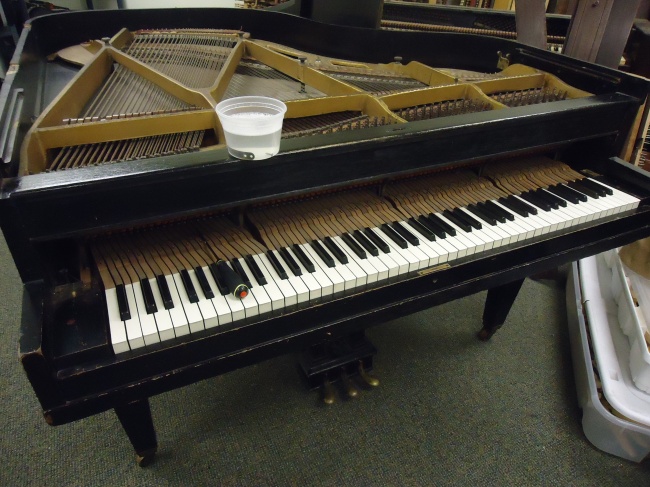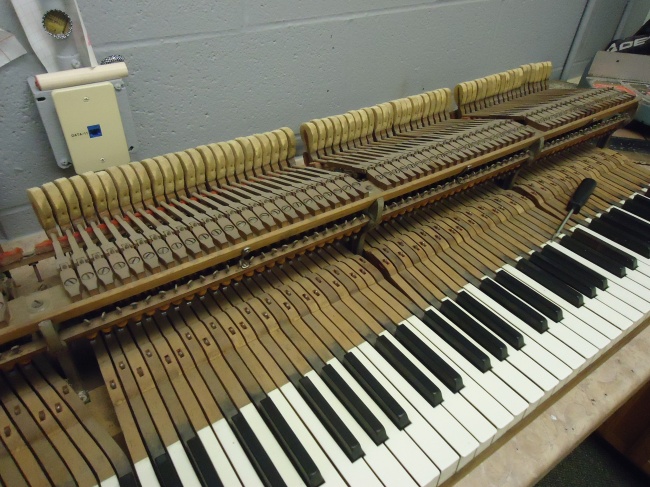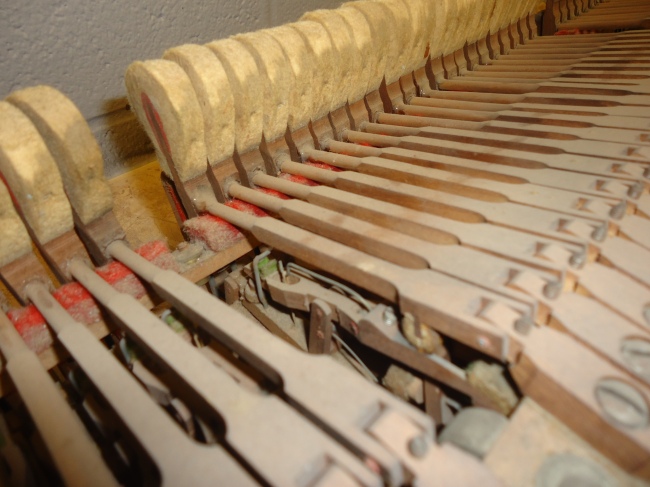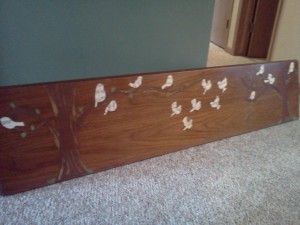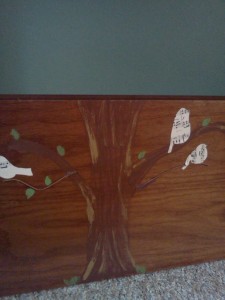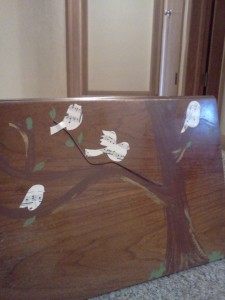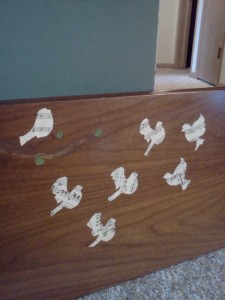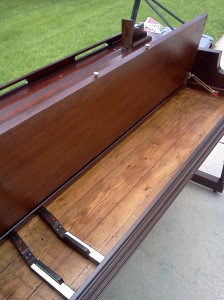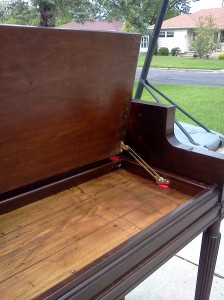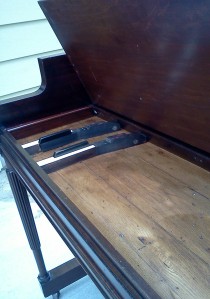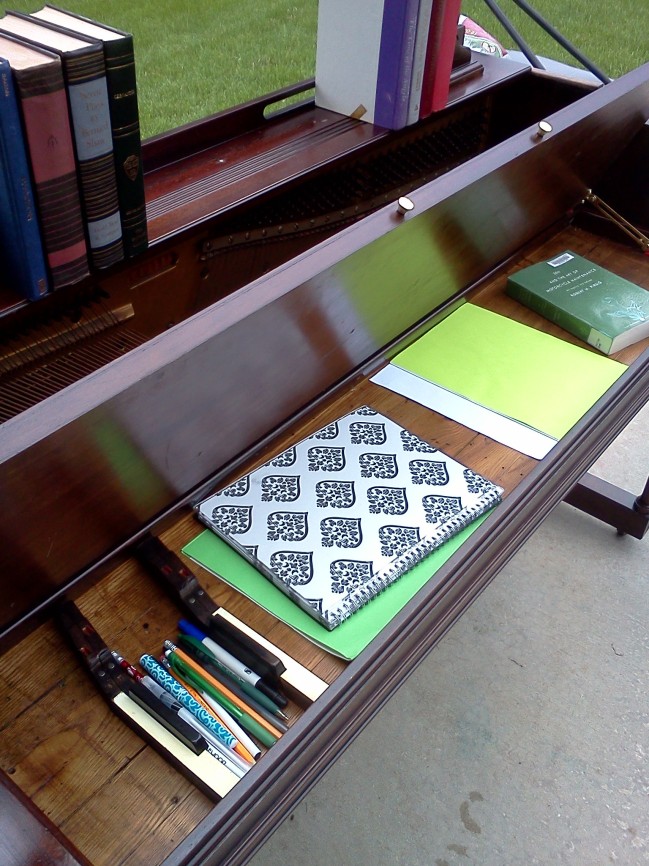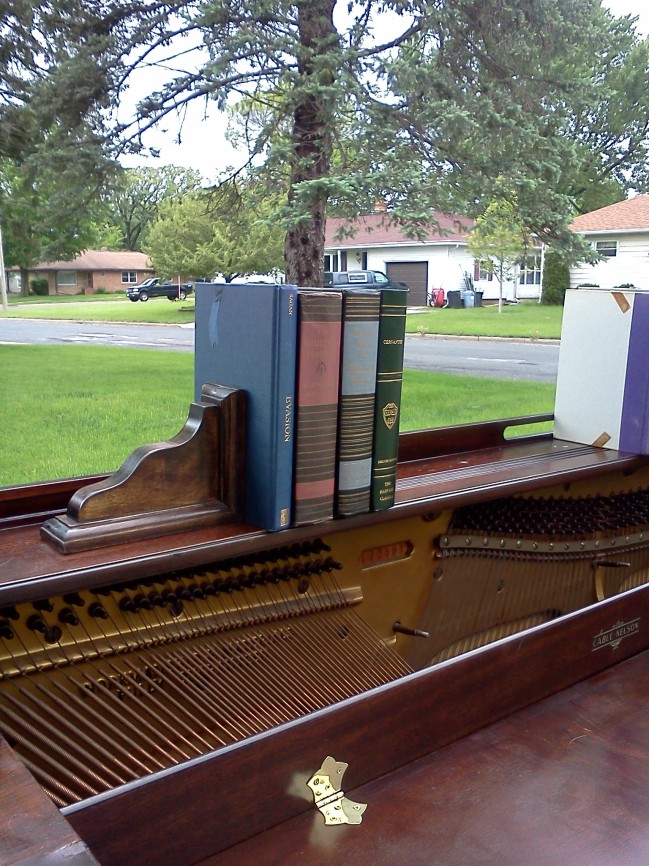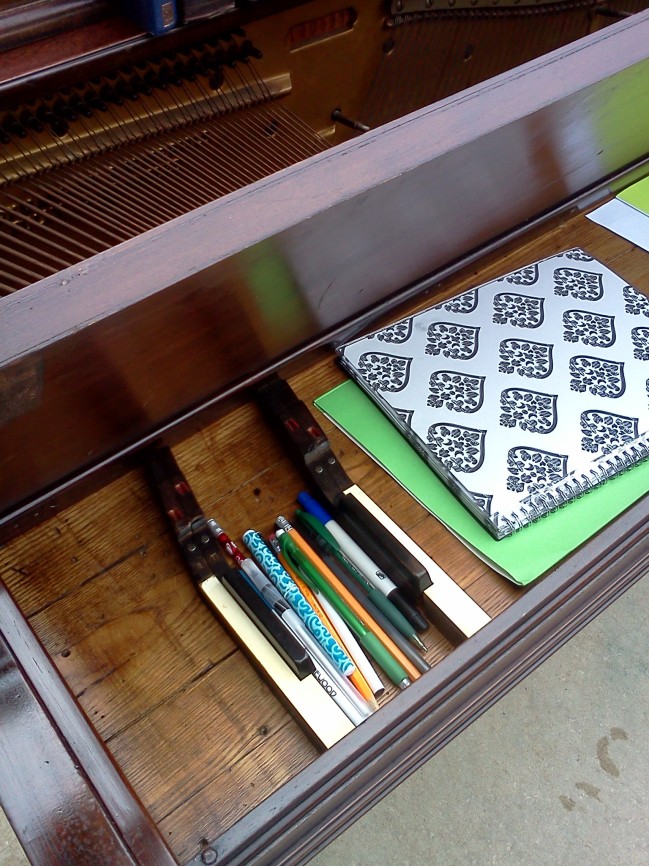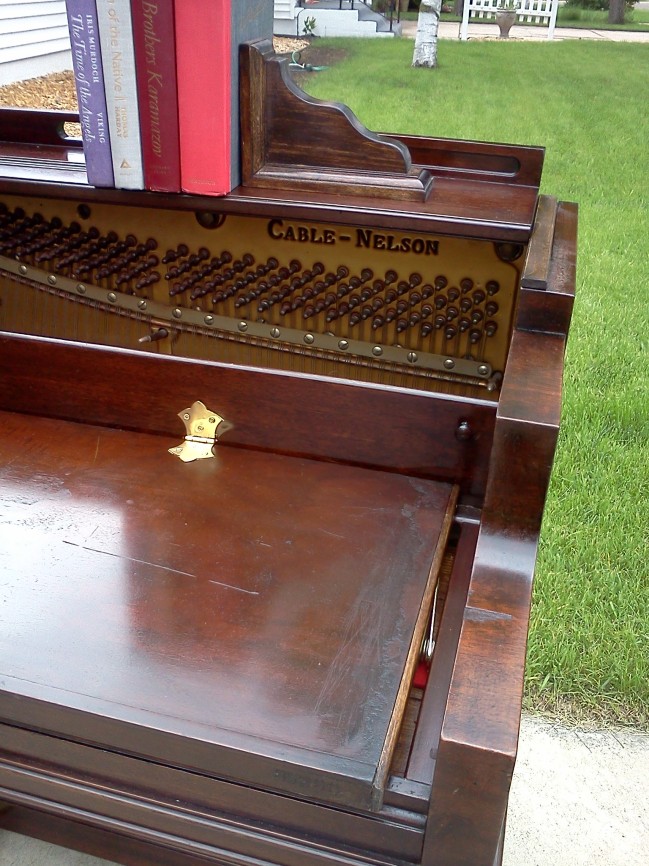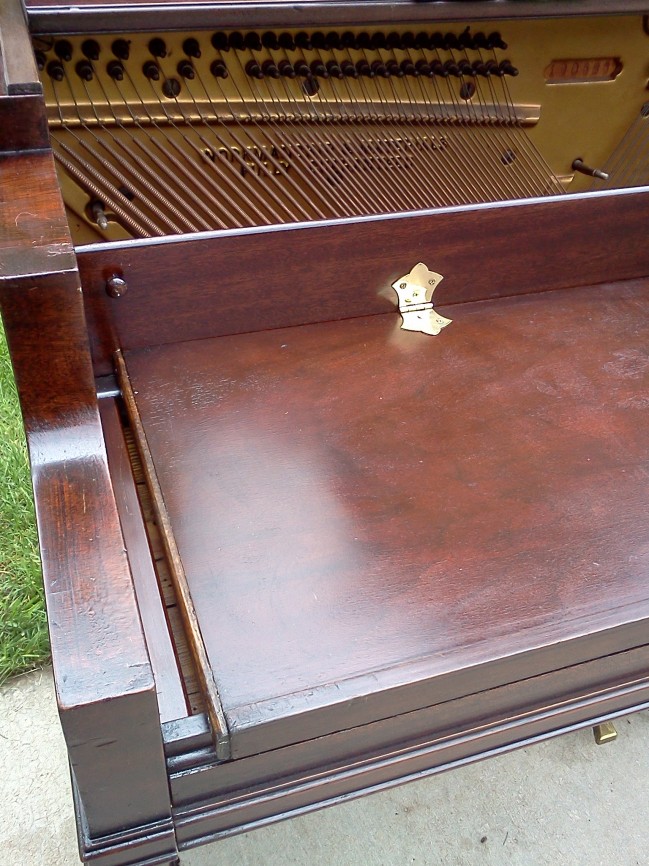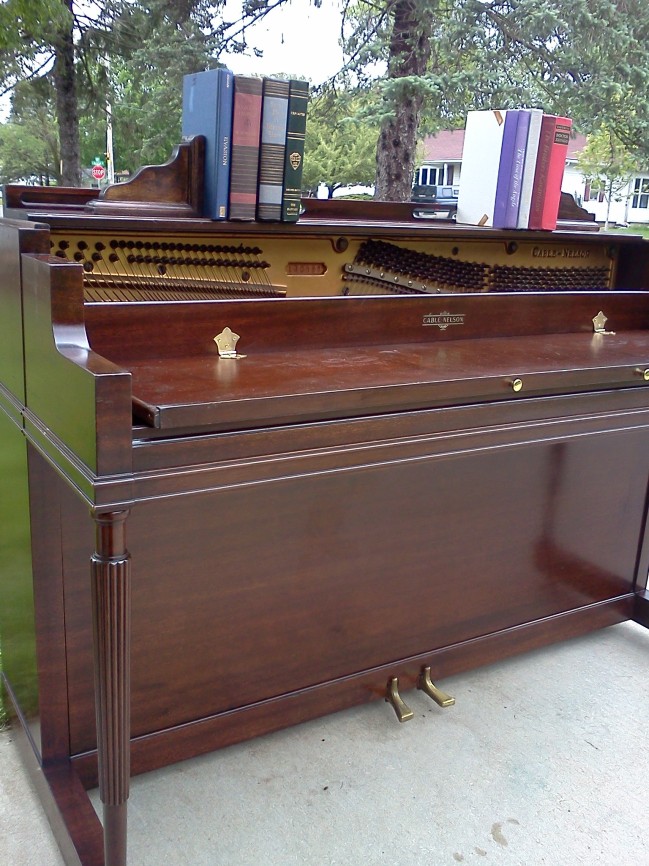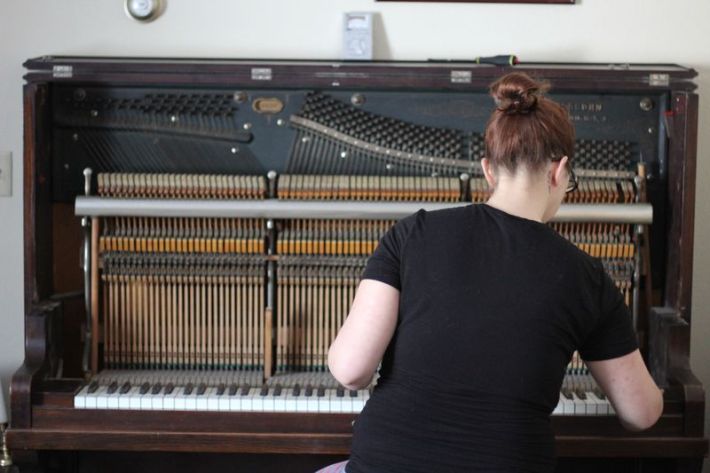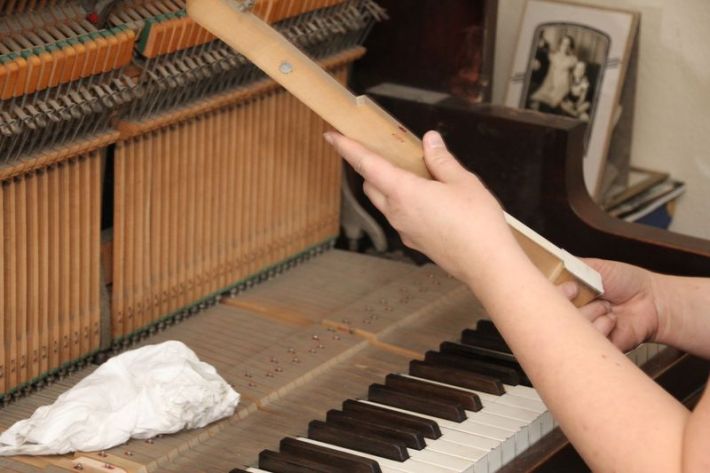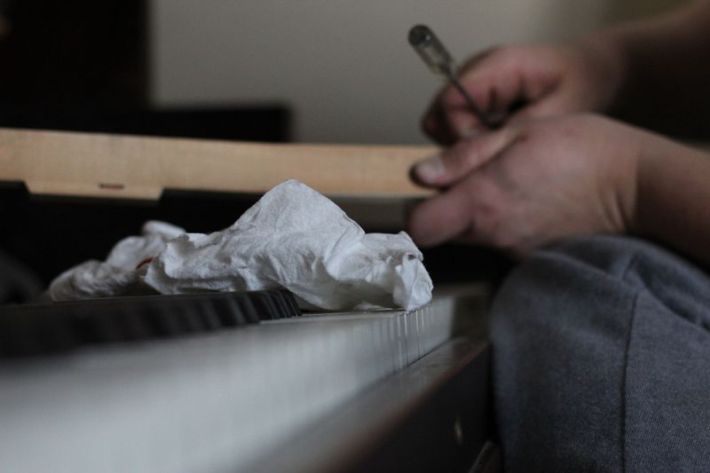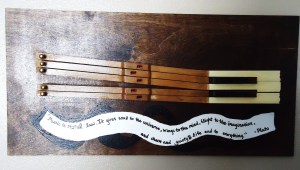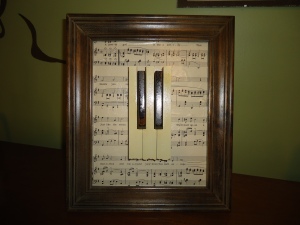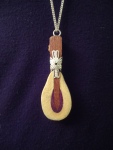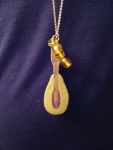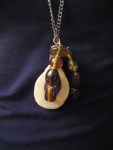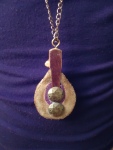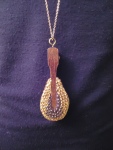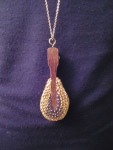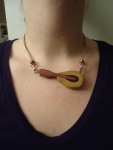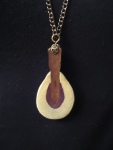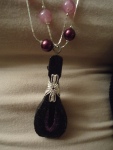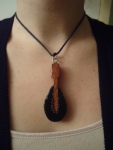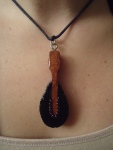How do you know if a piano is in great, good, fair or poor condition? These days, many families and individuals are turning to places like Craigslist and the Classifieds to find a piano for their home. A brand new piano would be great, sure. However, many of us don’t have that kind of moola to buy a new piano for our home. Or, if you’re like me, you love the aesthetics of an older piano. Looking for a used piano to buy can be an overwhelming and difficult task. In all honesty, a used piano is worth whatever someone is willing to pay for it. That being said, many private sellers overprice a fair to poor quality piano and others under price a good quality piano. This is due to a lack of knowledge of pianos and what makes them valuable. In this post, I’d like to clear some of this up for you. When I consult with someone in their search for a used piano, I go through the following checklist to determine the quality of any given used piano.
After you’ve first determined the type and size of piano that will best fit your home, the next step is to begin your search. Because of its size, the spinet upright is a very popular option for home pianos. If space is an issue, a spinet is an acceptable purchase. However, if you can fit a slightly larger upright in your home, I highly recommend a full upright. The reason for this, is that that spinets have a “drop action”, which is what give them their small size. In layman’s terms, a “drop action” means that the inner mechanism inside the piano is placed below the keyboard. In order to do this, additional parts are attached to the action so that it can be placed lower, and therefore, be shorter in size. This placement of the action significantly compromises the piano’s quality. So, if you can get a larger upright with a traditional upright action- do it! If you can only fit a spinet, then be sure to get the best spinet you can.
Now, on with your search. After you’ve found a piano of interest, the next step is to contact the seller. Before even going to see the piano in person, ask when it was last tuned, and how often it was tuned and serviced since they’ve owned it. No matter what brand the piano, if it wasn’t well taken care of, even the best piano can become a poor piano. Pianos require regular maintenance every 6 months to a year by a technician to maintain their functionality. If the seller says it hasn’t been tuned in 10 years, keep looking. That being said, there are pianos out there that can be brought back up to good condition after going that long without a tuning, however, you will have to invest more money and hire an experienced technician to determine if said piano is worth investing in. If you’re not willing to do that, then move along to a different piano.
The next thing to ask the seller is where the piano is located. Is it in their dining or living room, where they keep the temperature consistent? Or, has the piano been stored in an unfinished basement, storage room, or garage? Humidity, temperature changes and climate drastically affect a piano. When searching for a quality used piano, make sure the piano has been stored in the home and not somewhere very dry or moist with extremes in temperature.
After you’ve discussed these topics with the seller, then ask the brand and estimated age of the piano. There are so many piano makes. Do your due diligence, and read reviews on various brands to see how well they play and hold up over time with regular maintenance. There is also a Blue Book of pianos that can tell you the estimated value of the piano that you’re looking to purchase. These values are based on the piano being in good working order. That is why I have listed this step as third in the process, after determining the seller’s care of the piano. If they didn’t take care of the piano, then looking at the Blue Book value is moot.
The last step is the go and see the piano in person. Now, I highly recommend you enlist a technician to go with you, so that they can check over the piano for you. If can bring a technician, they can do this step for you and you can feel confident that this piano is, in fact, worth the buy. However, if you are determined to go it alone, then look and listen for the following major red flags. First, listen for notes that are terribly out of tune when played by themselves. Most keys have three strings per key. when one is quite out of tune, it will sound like 2 different notes are being played at the same time. An out of tune piano, with a wonky sound, is fine, but a few keys with a horrible sound can indicate an issue with the pinblock. Basically, if the pinblock is bad, many of the pins become too loose to hold their pitch and become untunable, unless the pinblock is replaced. Translation- lots of money. Second, listen for rattling and/or buzzing when the keys are played. The can indicate a major crack in the soundboard. This is also an expensive fix. Lastly, look at the hammers inside the piano. If they have very large grooves indented in them from years of play and wear, they will need to be filed and smoothed in order to improve the sound quality of the piano. This can be done at an affordable price, however, be aware that over time, continued voicing (filing of the hammers), will lead to the hammers being worn down to the wood. At that point, the hammers will need to be replaced.
Make an educated purchase when buying a used piano. The best thing you can do is to enlist a piano technician to help with your search. However, it’s so important that you educate yourself as well, so that you don’t buy a piano that becomes a money pit for you and your family. A used piano can be a wonderful addition to any home and there are many quality ones out there. You just need to know how to find them. Good luck!

